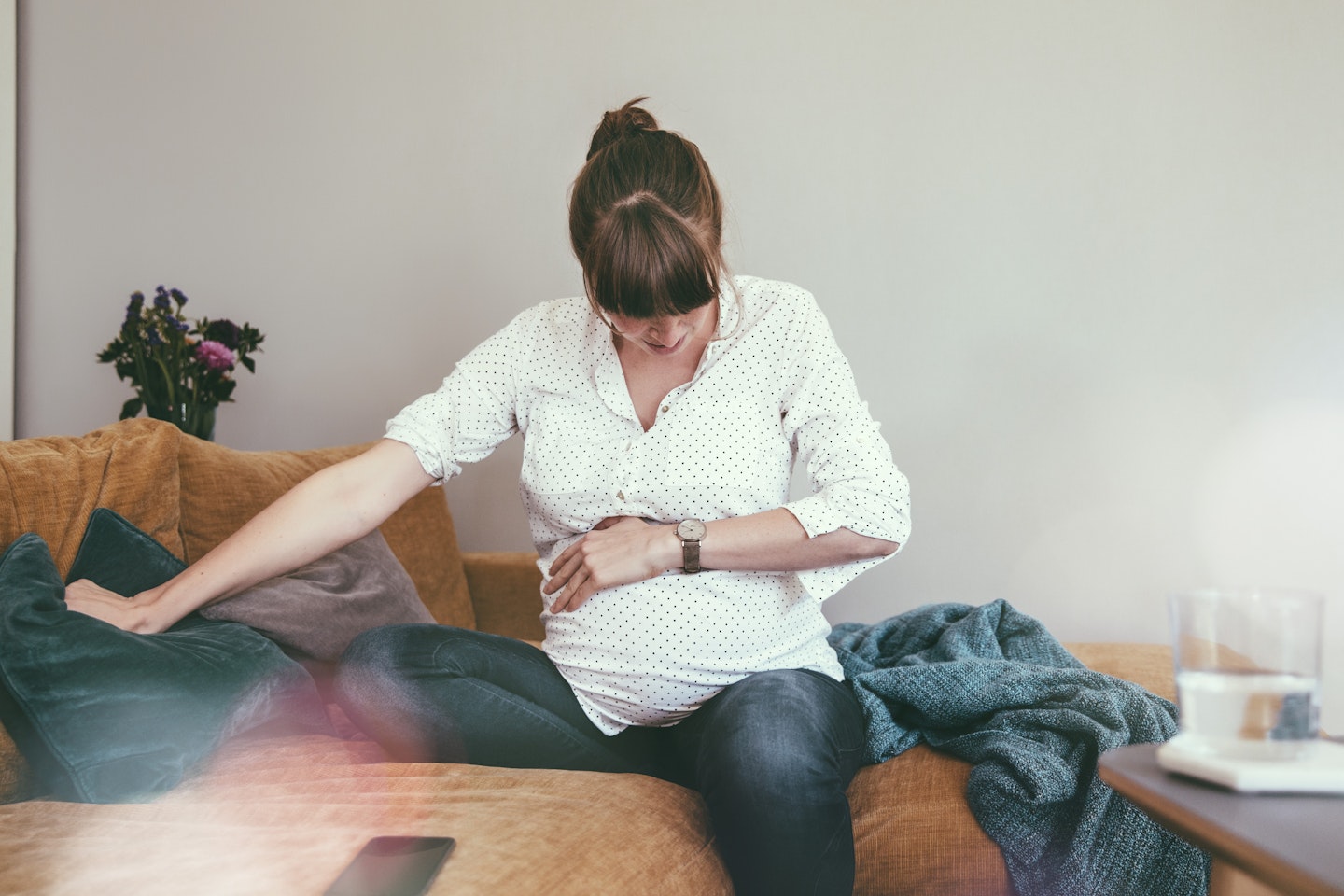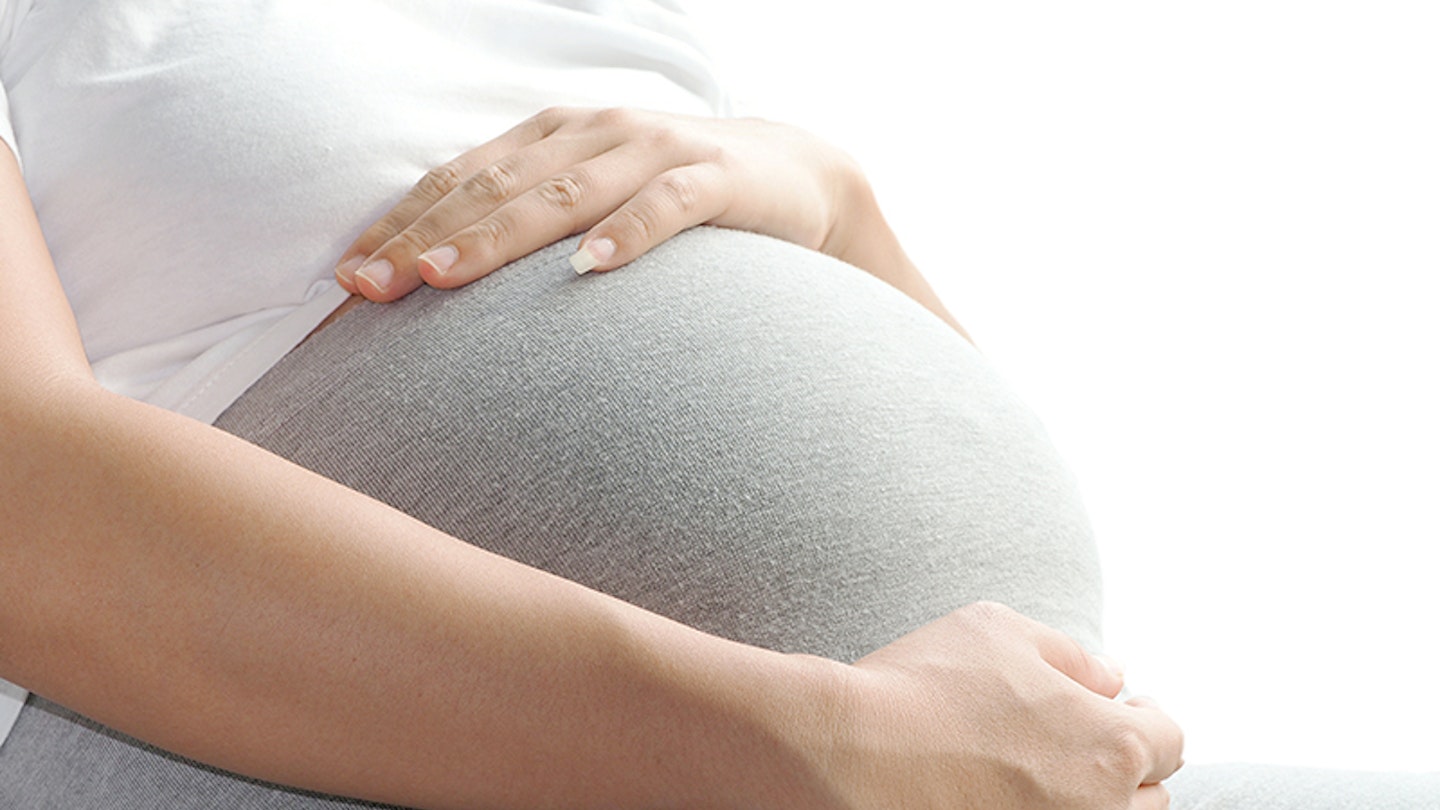Once you come anywhere near your due date,the slightest ache is easily mistaken for the start of labour and emergency calls for your partner to get home from work. Right now. But sometimes those pains are a sign your body is just in the limbering up phase with Braxton Hicks.
Of course, if you’ve never had a baby before, it’s pretty tricky to know. But there are ways to tell the difference between those limbering up pains (hello, Braxton Hicks!) and the start of full-blown contractions...
What are Braxton Hicks?
Braxton Hicks (also known as false labour pains) are when your womb contracts and relaxes. They’re nothing to feel worried about and occur in many pregnancies.
It is normal to feel Braxton Hicks contractions during your third trimester, when you're overdue at over 41 weeks pregnant and sometimes they can happen as early as your second trimester.

What does Braxton Hicks feel like?
Braxton Hicks feel like period pains that come and go. They’re usually not too painful and do not come at regular intervals. Unlike labour contractions, they don’t get closer together or feel stronger with time.
When you’re having Braxton Hicks, keep calm and try drinking a couple of glasses of water, as dehydration can trigger this type of twinge.
Relaxing in a warm bath should also help ease the discomfort. On the plus side, they are a sign that labour will soon be on its way.
Braxton Hicks or Contractions?
There’s no ‘one contraction fits all’ – contractions vary from woman to woman, and even from pregnancy to pregnancy.
They can feel like a dull ache, and cause pain in your abdomen and lower back, as well as feelings of pressure in the pelvis. You may also feel pain in your thighs and around the sides of your stomach.
The tell-tale sign you’re having contractions is that they’ll get closer together and last for longer.
Read more: What do contractions *really* feel like?
How to handle contractions at home
Deep breathing, having a bath or holding a hot water bottle against your lower back can all help with contractions when you are still at home and the contractions are just about bearable.
You can also use a TENS machine to help ease your pain.
Read more: 9 months pregnant: Symptoms and your belly
When your contractions mean you should go to the hospital
You should be counting your contractions. When they start lasting 60 seconds or so, are five minutes apart and this has been the case for about an hour, you should call the hospital.
Your waters breaking is also a sign you need to tell a midwife about immediately.
When you reach a midwife, you’ll need to know this information:
• Have your waters broken?If they have, try to remember the colour and the time when it happened.
• How far apart and the length and intensity of your contractions
• What breathing techniques you’ve been using
• If you’ve had a bloody show
